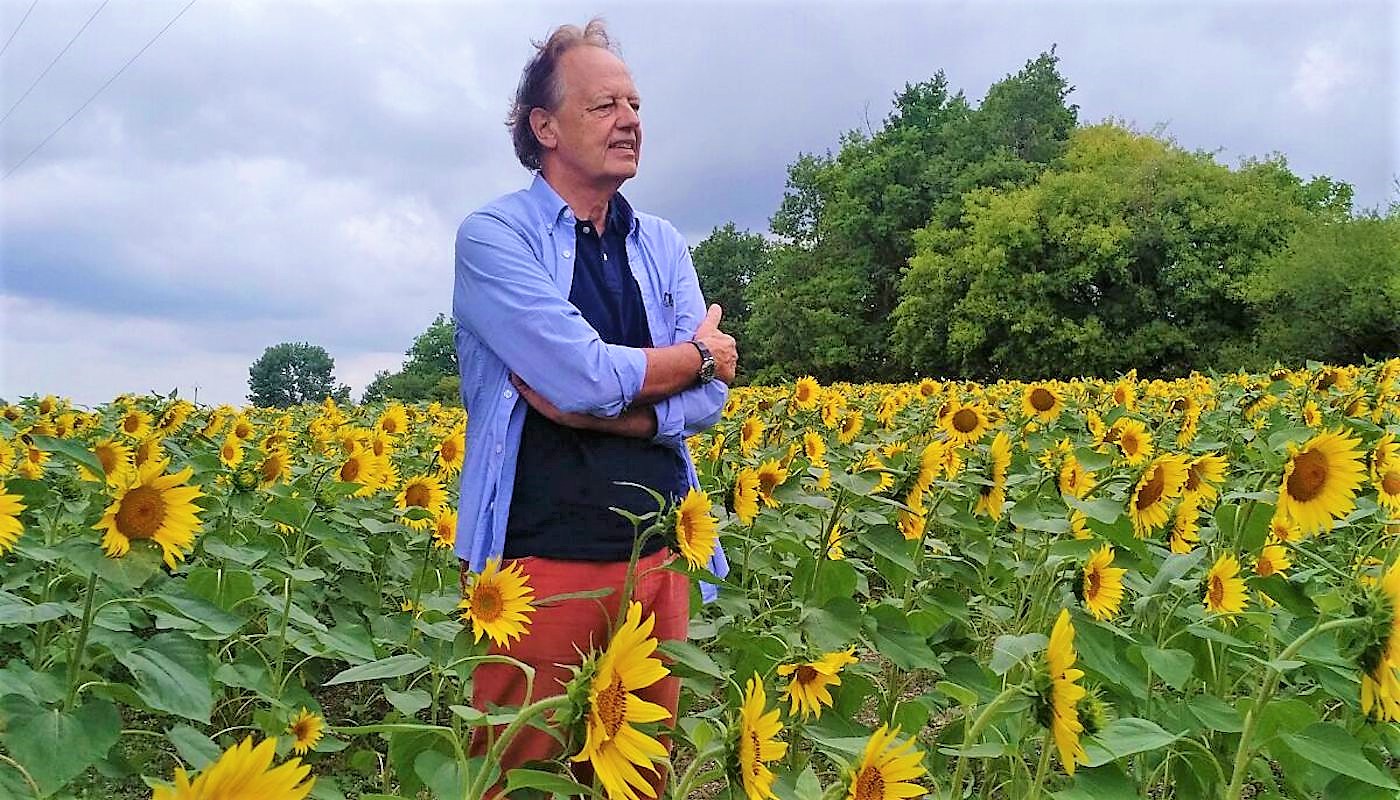Originally built in the late 1700s as a sugar and cotton plantation that extended all the way down to Crocus Bay, the Warden’s House or “Koal Keel” was built by slave labour for a Dutch family from Sint Maarten who owned the property. Today this is widely regarded as the oldest building in Anguilla, although until the passage of hurricane Irma in 2017 such distinction was usually reserved for Miss Marjorie’s home across the Valley Road: a yellow house with a red roof which is said to have been part of the original estate and used as sleeping quarters for the slaves who built the Warden’s House!
The arrival of emancipation in 1834 was the final nail in the coffin of the Crocus Hill plantation, which after years of drought and famine had already been discarded by its owners. Eventually, it would be the descendants of the very slaves whose blood and sweat tilled the land who would come to own the estate. One such descendant was Gussie Hodge, who after a series of changes of ownership and further parcelling of the property, purchased the building and leased it to the British Government as a residence for the medical doctor assigned to the island.
Given the territory’s small population, Anguilla’s medical doctor doubled up as Chief of Police and Magistrate – which is also why the estate came to be known as the Warden’s Place. A long list of representatives of the British Crown lived in the six-room house up until the 1967 revolution, which effectively left Anguilla in a legal limbo and without an official Magistrate. Once the dust of revolution settled, Anguilla emerged with its ties to Britain firmly strengthened, but the traditional Warden’s House would never again feature as one of its representative’s residence. Instead, it was once more left to its own devices until the 1970s, when Alan Gumbs bought it.
The Warden’s House through the years: its latest incarnation;
after hurricane Irma; and being restored in 1986
Beginning in 1984, Gumbs made plans to restore the property, and by 1986 he had contracted the services of Adrian Kobbe and his international design company to carry out the project. The structure of the house showed considerable wear, although the basic foundations could still be rescued, along with the beautiful basket roof in the main living room. One of the unique discoveries made during the restoration was perhaps the first attempt at an indoor septic tank on the island, which, nevertheless had been abandoned, with a traditional outhouse used in its place.
Kobbe decided to scrape the many layers of whitewash that over the centuries had covered the stonework around the base of the building, thus exposing the beautifully distinctive limestone. Every effort was made to correctly match the original materials, to the point where much of the replacement stone needed was rowed into Island Harbour from Scrub Island expressly to restore, among other things, the old rock oven.
In 1989 the old Warden’s House was turned into the Koal Keel restaurant, with a large terrace built in what used to be the garden. The Koal Keel would become Anguilla’s most celebrated restaurant, with a 15,000-bottle wine cellar dubbed Le Dôme added in 1994. The area was further enhanced ten years later, with Kobbe Design leading the restoration of the traditional West Indian house located at the back of the Koal Keel complex.
Unfortunately, this wooden house has once again been left to fall into an advanced state of neglect, as has the restaurant’s platform, now that it no longer operates as a business. The Gumbs family have, however, remained committed to the preservation of the old Warden’s House, restoring the structure after it suffered considerable damage from hurricane Irma in 2017 and bringing it back to its current solid shape.









